NSC2500: Heart Failure Pathophysiology and Pharmacology Report
VerifiedAdded on 2022/12/22
|13
|875
|81
Report
AI Summary
This report provides a comprehensive overview of heart failure, encompassing its normal physiology, pathophysiology, risk factors, and causes. It delves into the pharmacology of Digoxin, a key medication in heart failure treatment, discussing its mechanism of action, pharmacokinetics, clinical considerations, and potential side effects. The report emphasizes the importance of understanding the pathophysiology and pharmacology of heart failure for registered nurses, highlighting the relevance to clinical practice. The report includes relevant references from medical journals and textbooks to support the information presented, offering a valuable resource for students in healthcare and related fields. The report also addresses the role of factors such as cardiac contractility, myocardial oxygen, and ventricular performance requirements in the context of heart failure, further enriching the understanding of the disease.
1 out of 13

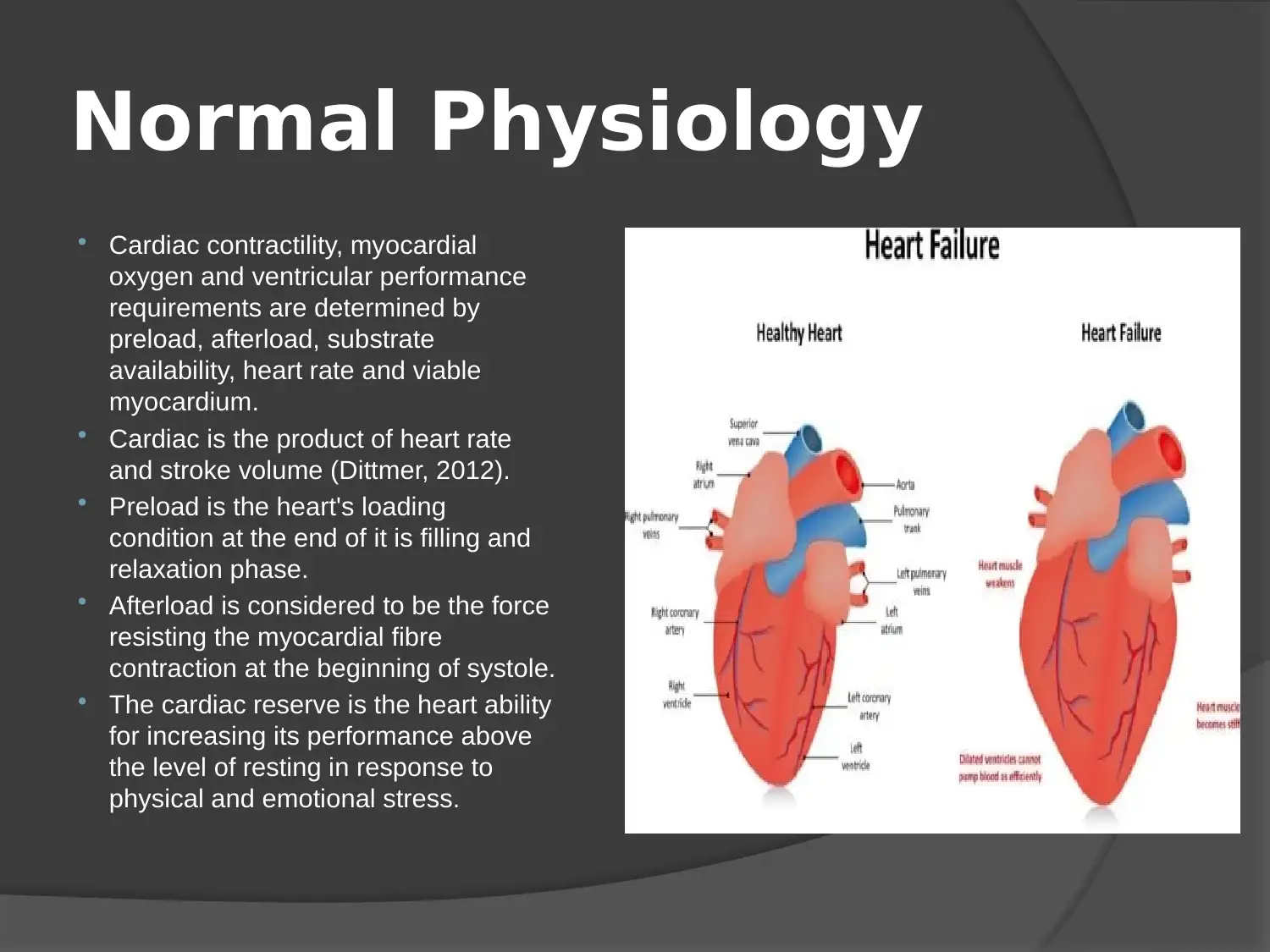
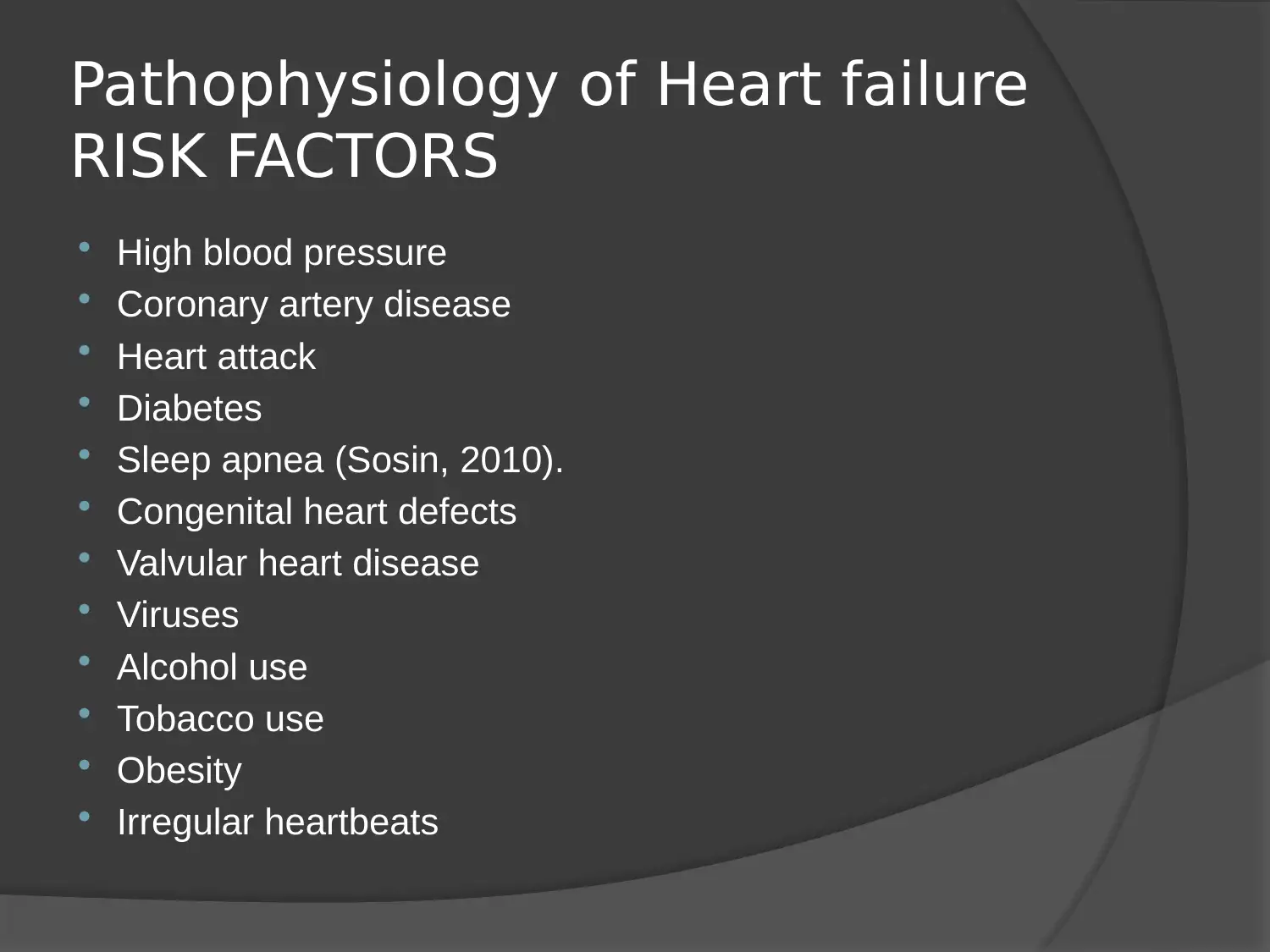

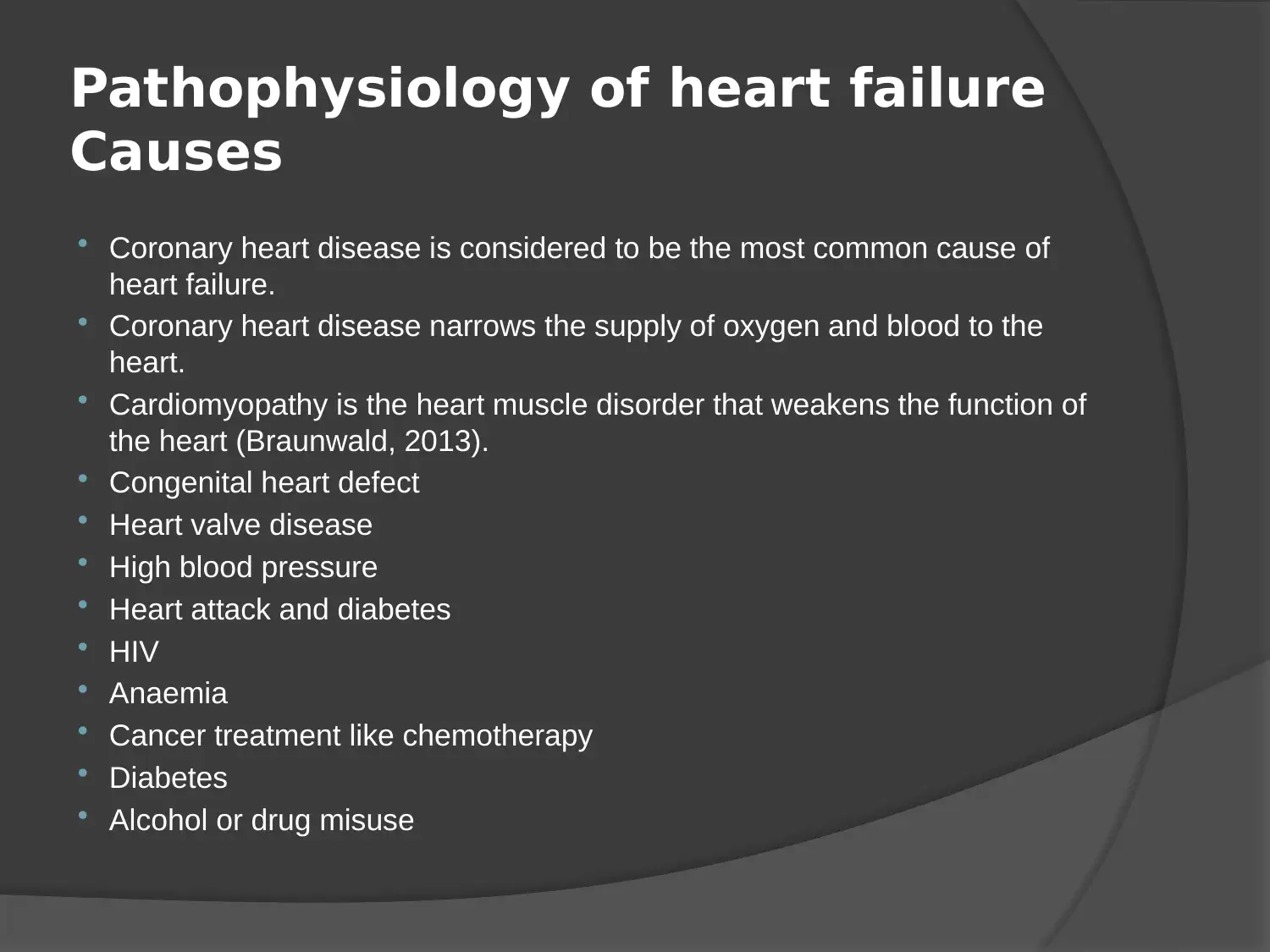
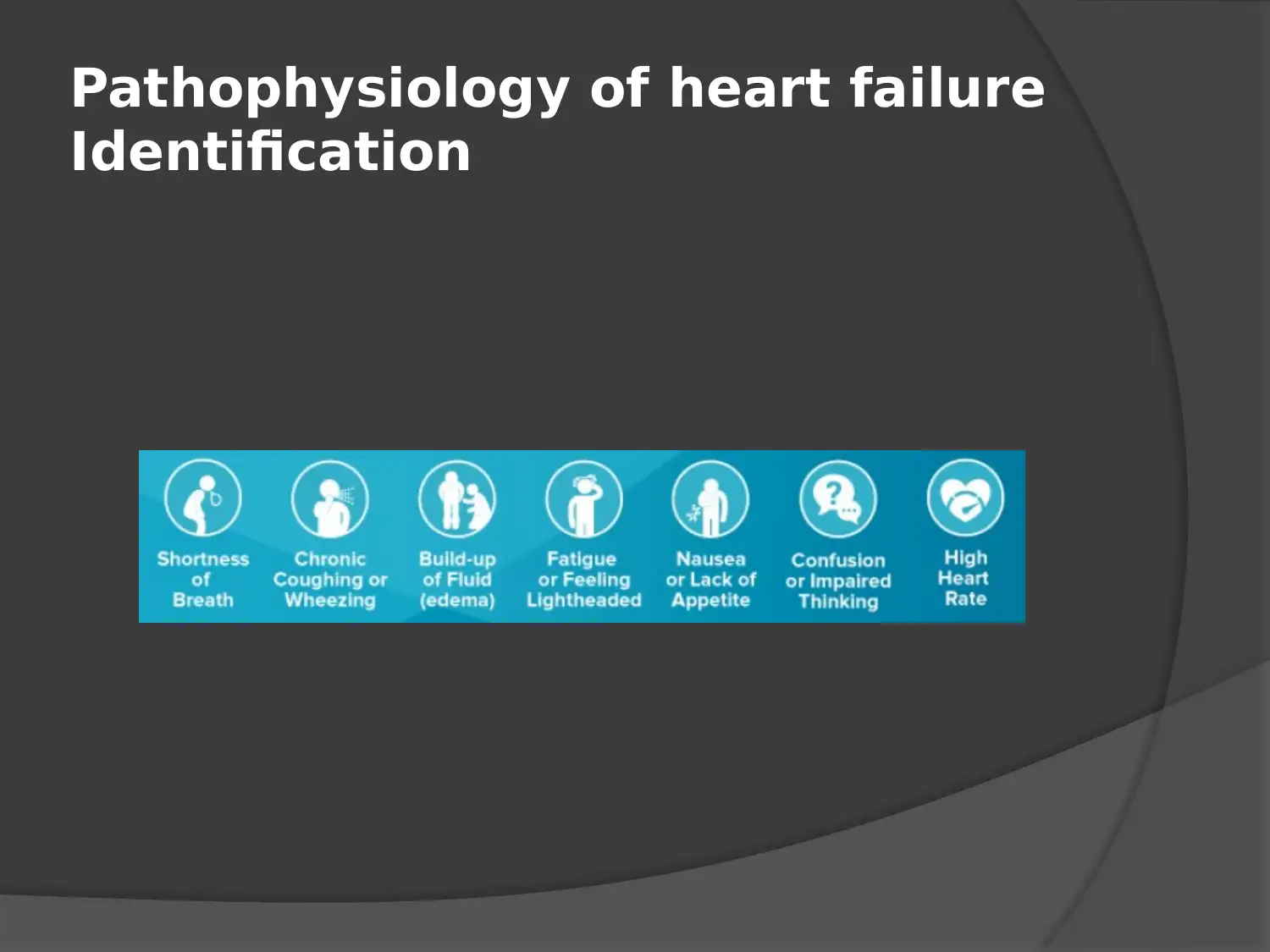
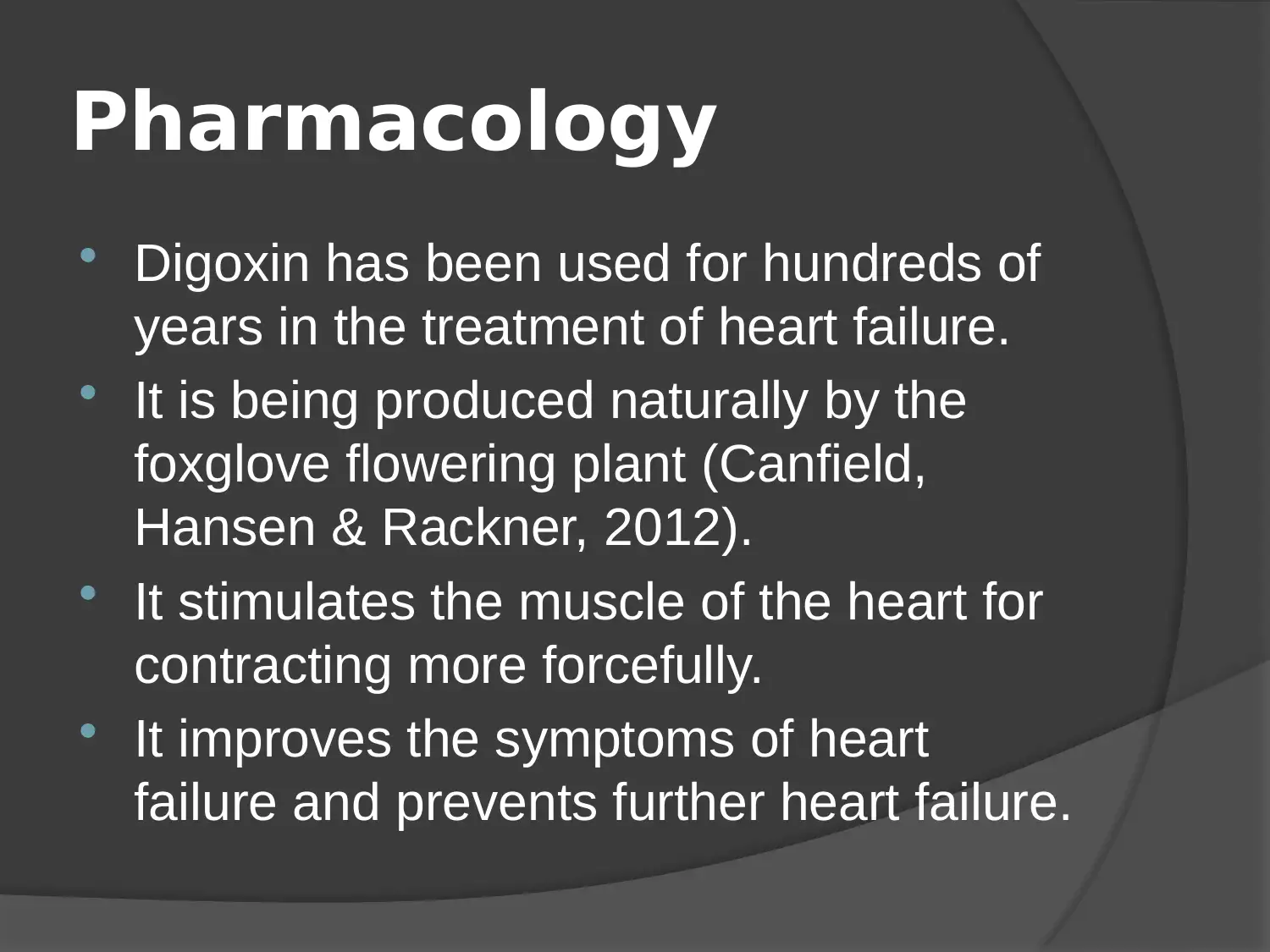
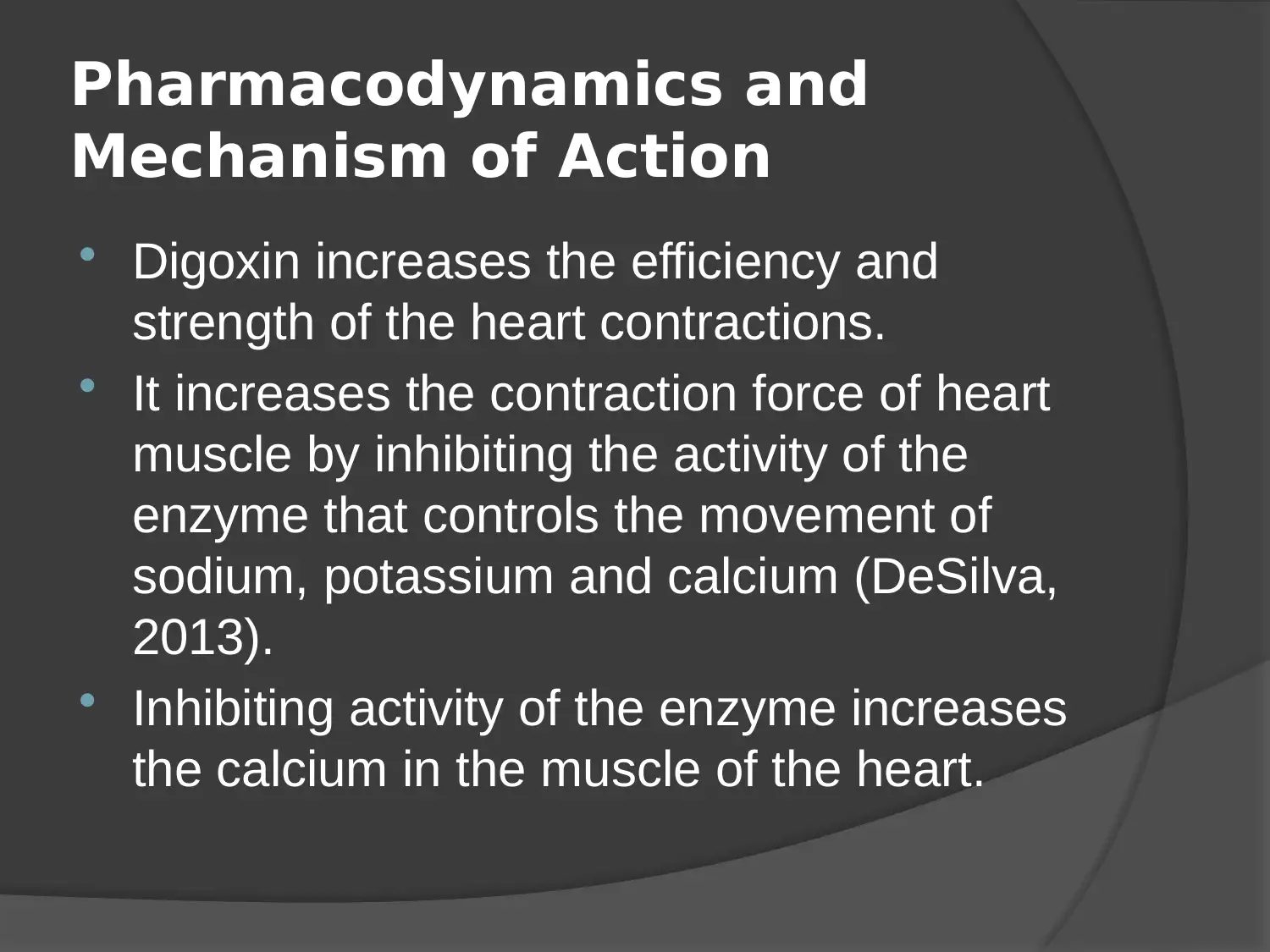
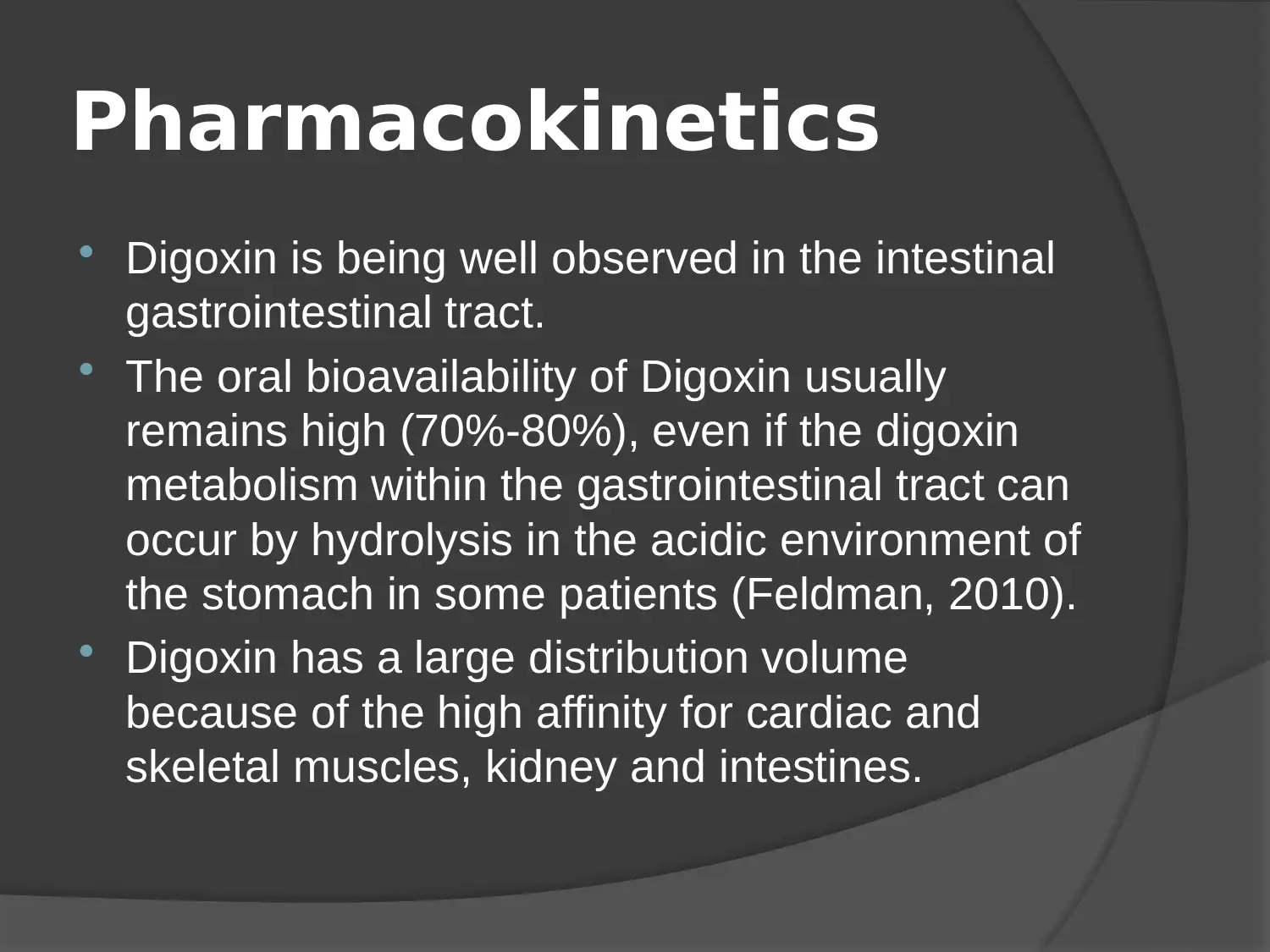
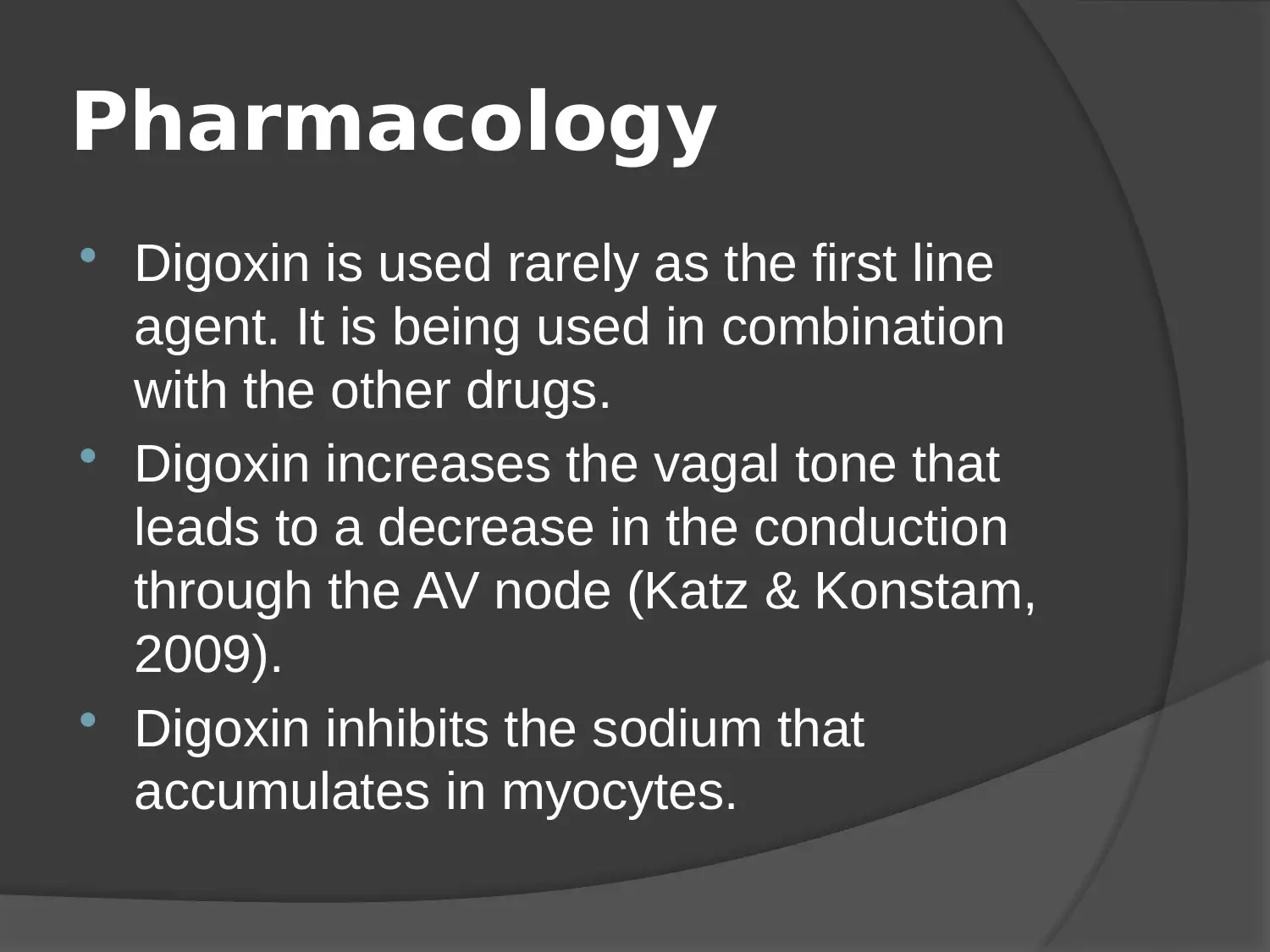
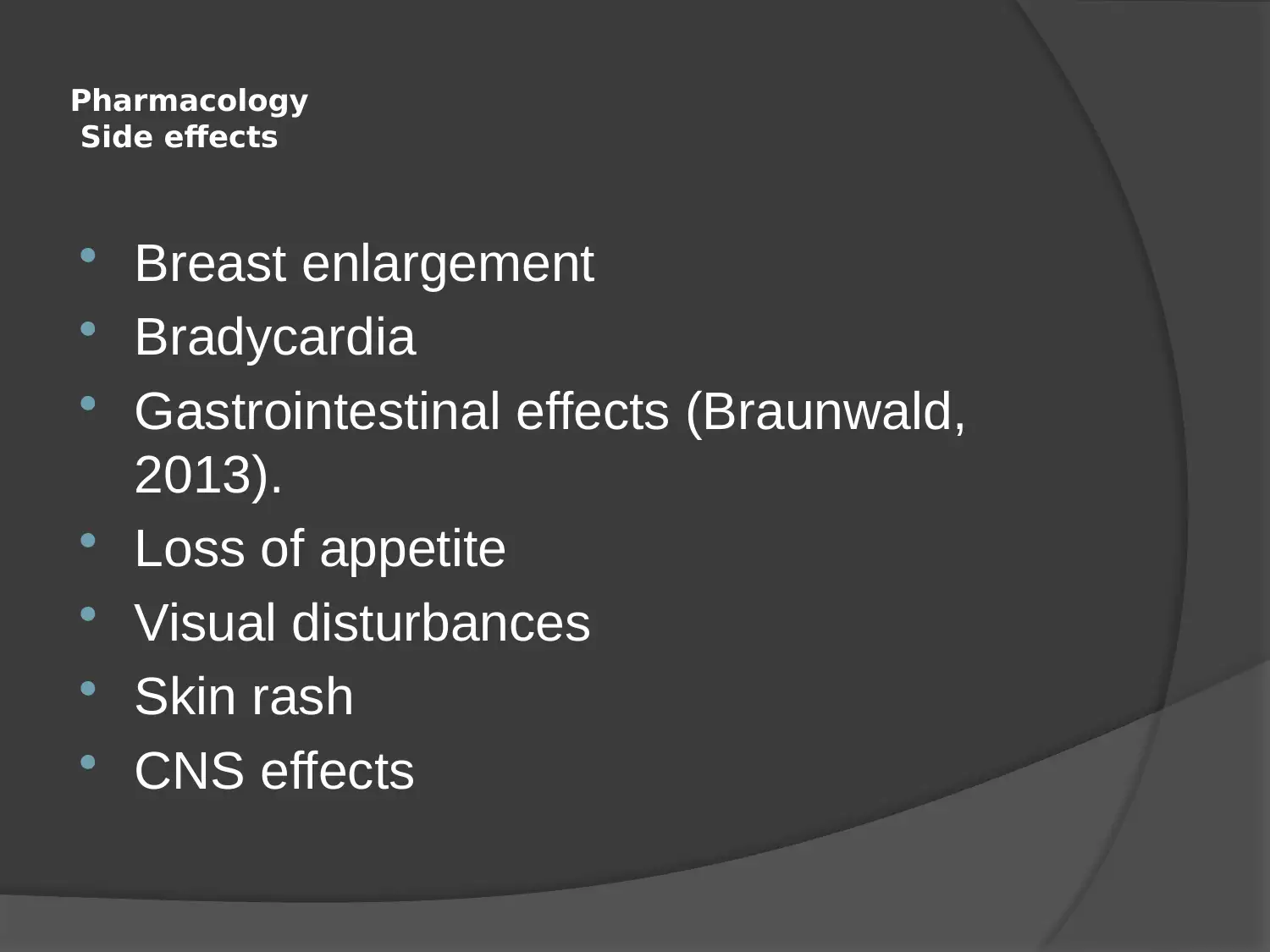
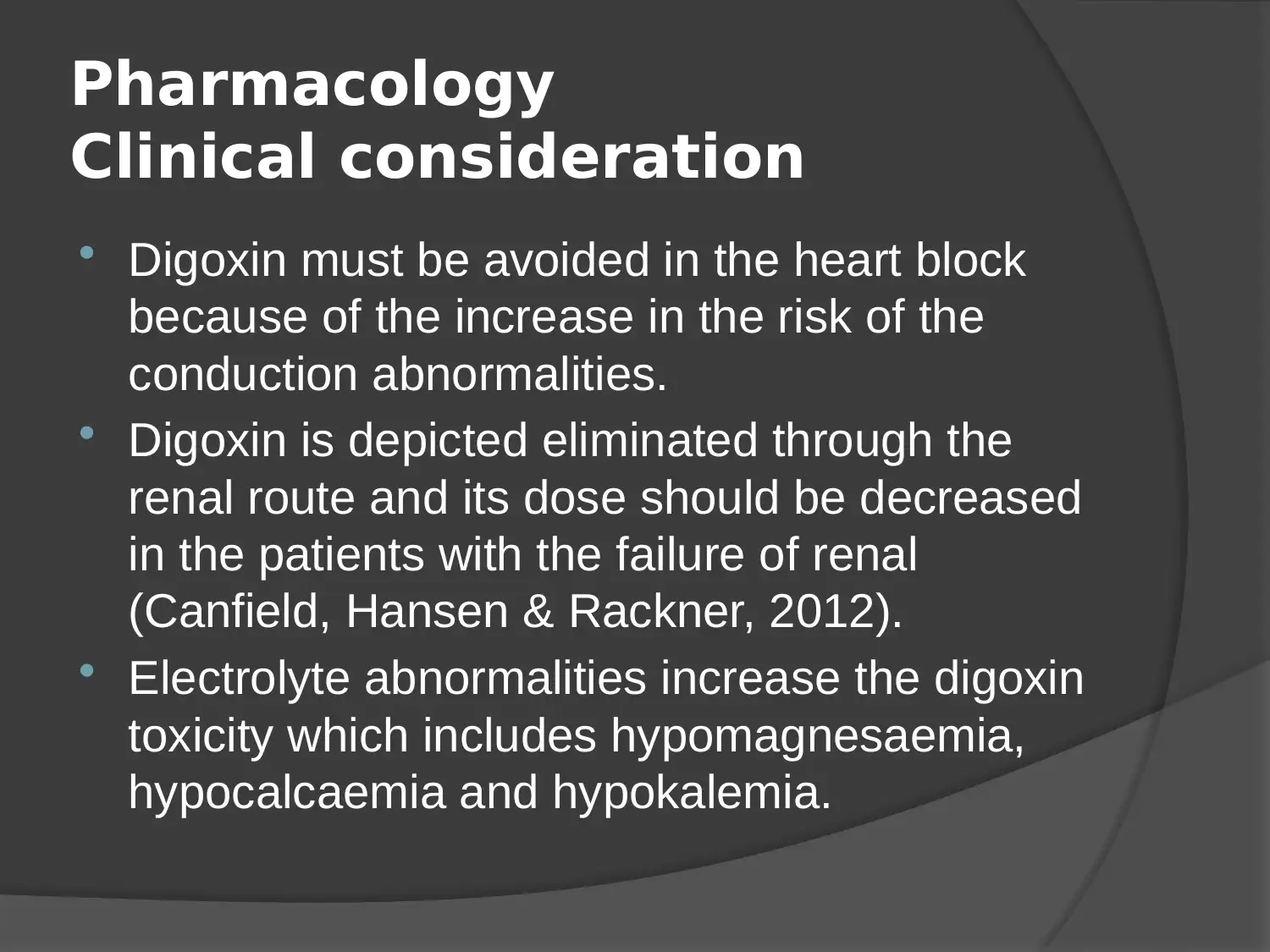
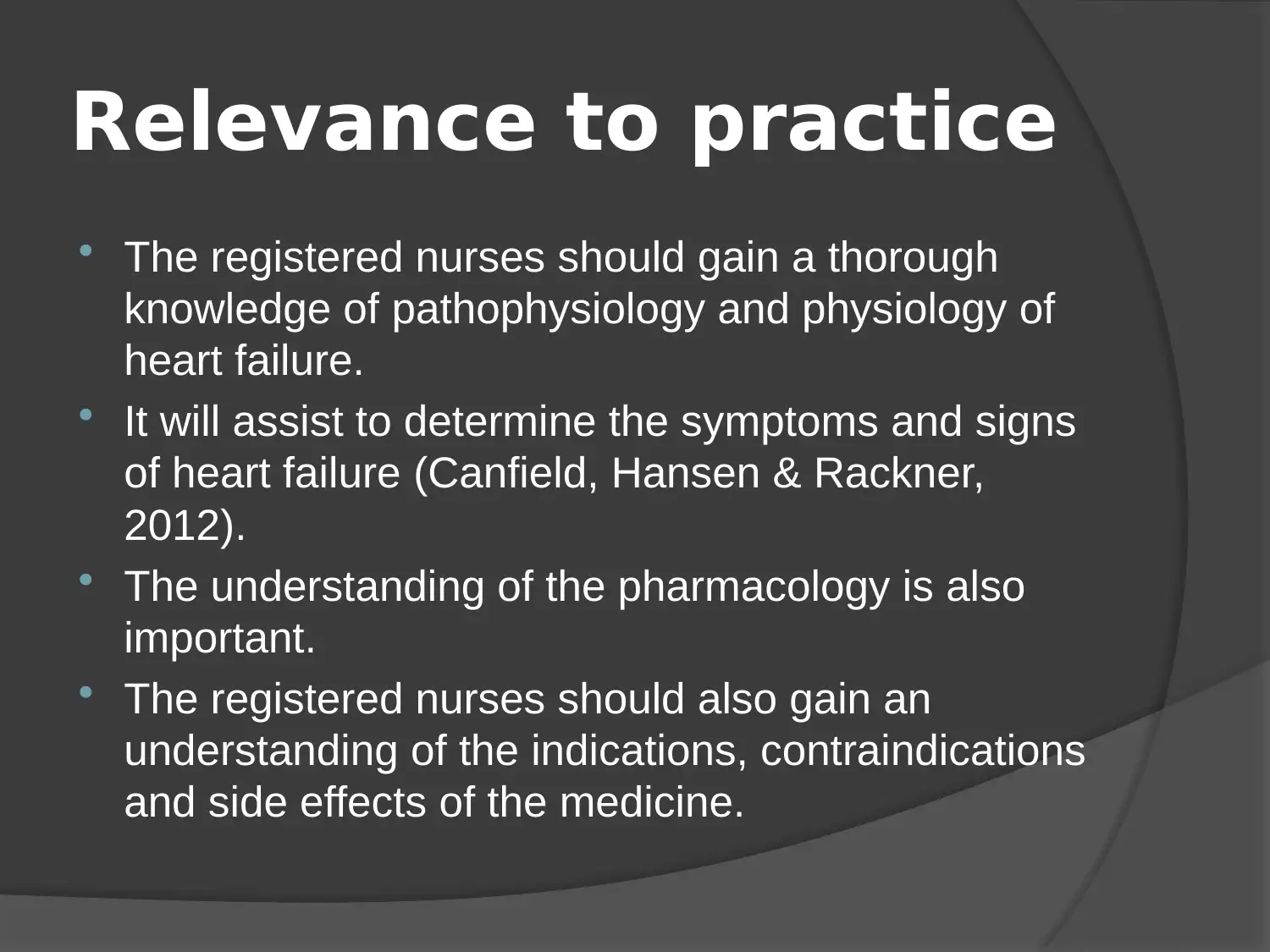






![[object Object]](/_next/static/media/star-bottom.7253800d.svg)